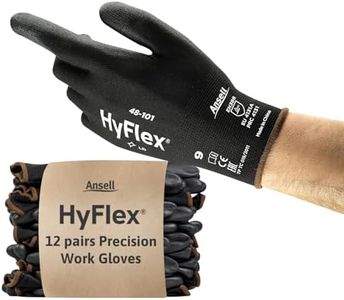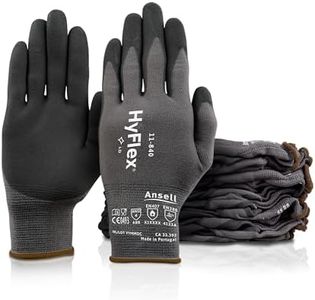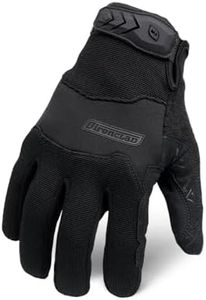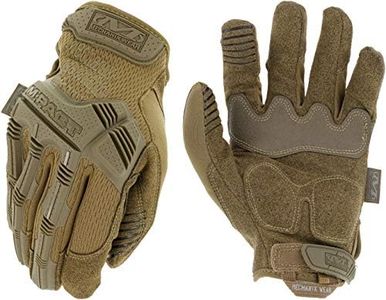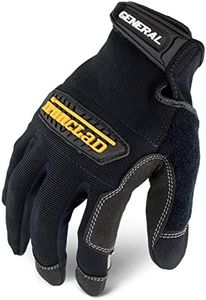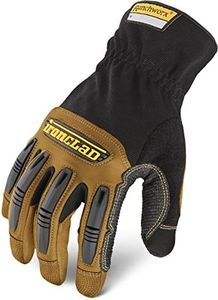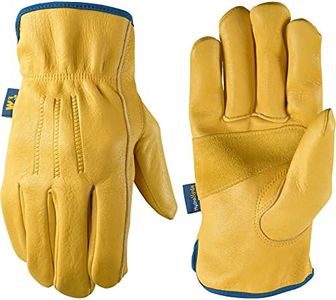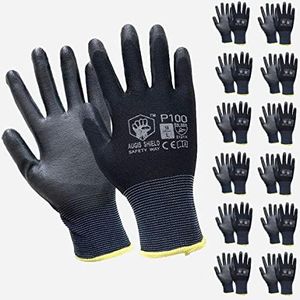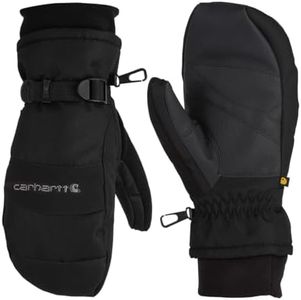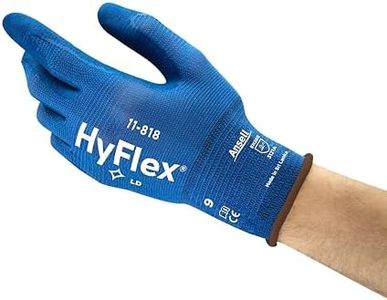We Use CookiesWe use cookies to enhance the security, performance,
functionality and for analytical and promotional activities. By continuing to browse this site you
are agreeing to our privacy policy
10 Best Work Gloves
From leading brands and best sellers available on the web.Buying Guide for the Best Work Gloves
When choosing work gloves, it’s important to focus on your specific tasks and working conditions. The right gloves protect your hands from hazards like cuts, burns, chemicals, and extreme temperatures, while also ensuring your hands stay comfortable and flexible enough for the job. Start by thinking about what you’ll be using the gloves for most often—are you handling sharp tools, heavy objects, chemicals, or working outdoors in different weather? Then, look at the glove features that best match those needs so you stay both safe and productive.MaterialThe material of work gloves determines their protection level, durability, and how comfortable they feel. Common materials include leather, cotton, synthetic fabrics, rubber, and coated fabrics. Leather offers great durability and protection against abrasion, making it good for heavy-duty tasks, while cotton is lightweight and breathable, better for light jobs. Synthetic materials can offer flexibility, water resistance, or specialized protection such as cut resistance. Think about the hazards you face: choose tougher materials for tough jobs (like construction or welding) and lighter, more flexible materials for jobs needing more dexterity (like gardening or assembly work).
GripGrip refers to how well the gloves help you hold onto tools or materials, especially in wet or oily conditions. Some gloves have textured palms or special coatings like latex, nitrile, or polyurethane to improve grip. High-grip gloves are important if you often work with slippery or small parts, while basic fabric gloves might be fine for carrying boxes or other large objects. Consider how important grip is for your tasks, and choose the level of grip enhancement that keeps you safe without sacrificing comfort or dexterity.
Cut ResistanceCut resistance measures how well the gloves protect against sharp objects like blades or glass. This is especially important in construction, metalworking, or when handling sharp tools. Gloves come rated on cut resistance scales, with higher levels offering more protection. If your work involves handling sharp items regularly, choose gloves with higher cut resistance. For routine chores or light work, lower protection levels usually suffice. Balance protection with comfort—thicker gloves protect more but may reduce flexibility.
DexterityDexterity is how much movement and flexibility your fingers have while wearing the gloves. Higher dexterity helps with tasks that require detailed hand work, like wiring or small assembly. Thinner, lightweight, or snug-fitting gloves offer the best dexterity but may offer less protection. For delicate work, go for gloves that don't restrict finger movement. For heavy-duty tasks where protection is more important, thicker gloves (with lower dexterity) might be a better fit.
Weather ResistanceWeather resistance means how well the gloves protect your hands from rain, cold, or heat. For outdoor or cold-weather work, you may want gloves that are insulated to keep your hands warm, or waterproof to keep them dry. In hot or indoor conditions, breathable materials prevent sweaty hands and overheating. Think about the climate or workplace environment: choose weatherproof features if you're outside a lot, or go breathable for indoor and warm settings.
Size and FitGlove size and fit are important for both comfort and effectiveness. Gloves that are too loose can make it hard to handle items, while those too tight can be uncomfortable and restrict movement. Look for sizing guides or try on different sizes; your gloves should fit snugly without pinching or leaving your fingers cramped. If possible, test your grip and movement in the gloves before using them on the job to make sure they're a good match for your hands and tasks.

